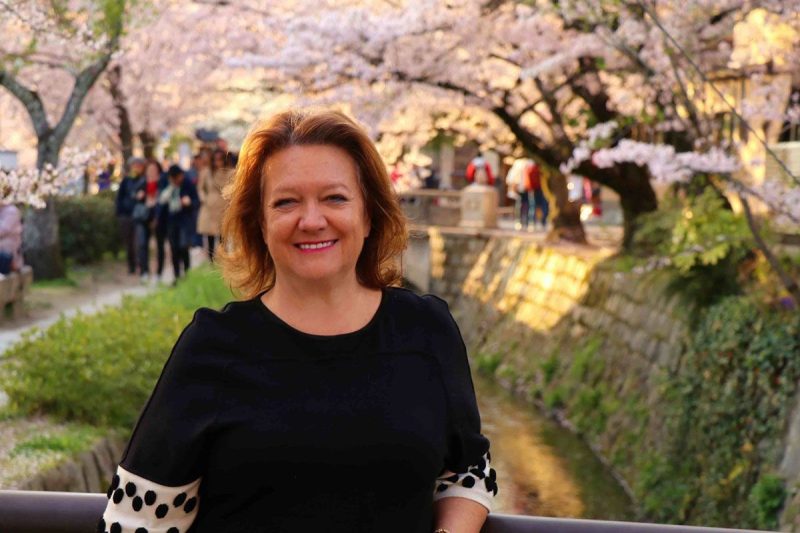Billionaire Gina Rinehart, the executive chair of Hancock Prospecting, has made a substantial fortune through lucrative investments in numerous mining projects which are spread across the globe. Her keen business acumen, strategic investment choices, and unwavering commitment have solidified her position as one of the wealthiest and most influential women in the mining industry.
Gina Rinehart’s most notable investment lies in the iron ore industry. The inherited family business, Hancock Prospecting, has been exploring and extracting iron ore in Australia since the early 1950s. The company owns and operates two massive iron ore mines – Roy Hill and Hope Downs (jointly run with Rio Tinto).
Roy Hill is an operational Iron Ore Mine located in the Pilbara region of Western Australia. Recognized as Australia’s largest iron ore mining, rail, and port project, it has an estimated reserve of more than 2.3 billion tonnes of iron ore. The mine commenced operations in 2015 and has since achieved its target of 55 million tonnes annual production.
On the other hand, Hope Downs is a joint venture with Rio Tinto, one of the world’s largest miners. This project comprises four significant deposits and has an estimated ore reserve of approximately 1.6 billion tonnes. Hope Downs has been in operation since 2007 and regularly contributes a considerable portion to Hancock Prospecting’s income.
While her interests are firmly grounded in iron ore, Gina Rinehart has also made substantial investments in other minerals. One such venture is into the coal industry. In 2011, Hancock Prospecting bought stakes in two Queensland thermal coal projects – Kevin’s Corner and Alpha Coal. Both projects have experienced delays and controversies but remain significant assets with a combined estimated reserve exceeding 8 billion tonnes.
Its venture into potash also marked another highlight in Gina Rinehart’s diversified mining portfolio. The acquisition of Sirius Minerals in 2020 gave Hancock Prospecting control of the world’s largest deposit of polyhalite, a type of fertiliser. With an estimated reserve of 2.66 billion tonnes, the project, renamed as York Potash, is expected to deliver substantial returns.
Rinehart has consistently demonstrated an interest in overseas ventures, further diversifying her portfolio. One such investment includes a stake in London-listed company, AIM Resources, which operates a zinc and lead mine in Tunisia. Additionally, Rinehart has expressed interest in the copper industry, purchasing a share of the Canadian company, Riversdale Resources.
Lastly, her recent venture into the agriculture sector depicts her strategic foresight. Although not strictly mining, the acquisition and development of two cattle stations in Northern Territory have garnered attention. This move not only adds another revenue stream but also complements her mining interests.
Despite facing numerous challenges, Gina Rinehart has strategic foresight and a diverse mining investment portfolio, spanning across different geographies and commodities. Her established mining projects coupled with potentially lucrative investments put her firmly at the pinnacle of Australia’s richest and in the league of global mining moguls. Her story illustrates the potential rewards for those willing to commit their capital, nerve, and skill in the high-risk, high-reward world of mining investment.




